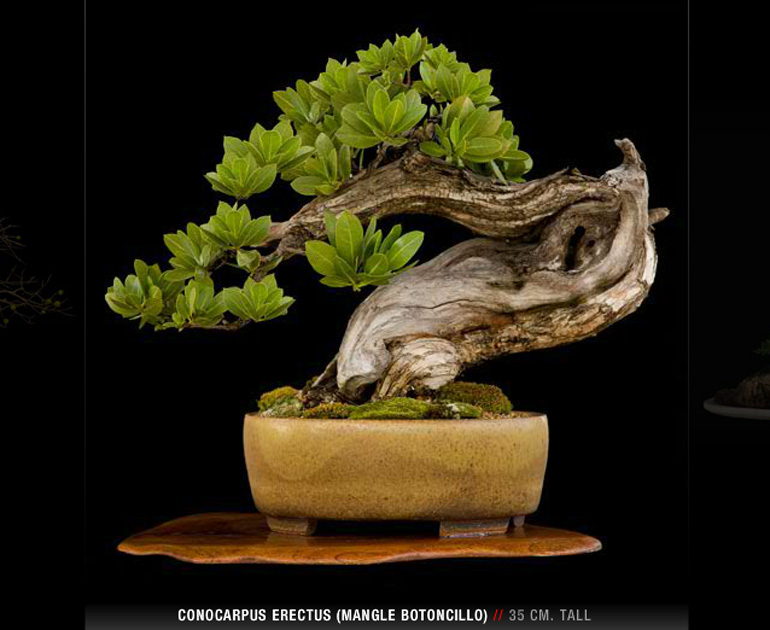
This powerfully compact Buttonwood belongs to Nacho Marin, as do all four Buttonwood bonsai shown here.
With Buttonwood bonsai it’s nature that does the real work. Humans find them, dig them, pot them and eliminate branches and other parts that distract from the natural beauty of the tree (ideally, at least). But nature does the twisting, turning and scouring by sand and wind that results in such unusual shapes and magnificent deadwood.
I’m told* that much of this shaping and scouring happens during hurricanes and tropical storms. I’ve even heard that Buttonwoods are sometimes violently uprooted and blown to new locations. When the storm settles they begin the process of reestablishing themselves. This could only happen in the tropics** where humidity is high enough to keep the exposed roots from dying out.
All four Buttonwoods shown here belong to Nacho Marin. We featured some of his trees (from facebook) a couple days ago. These are all from his website.
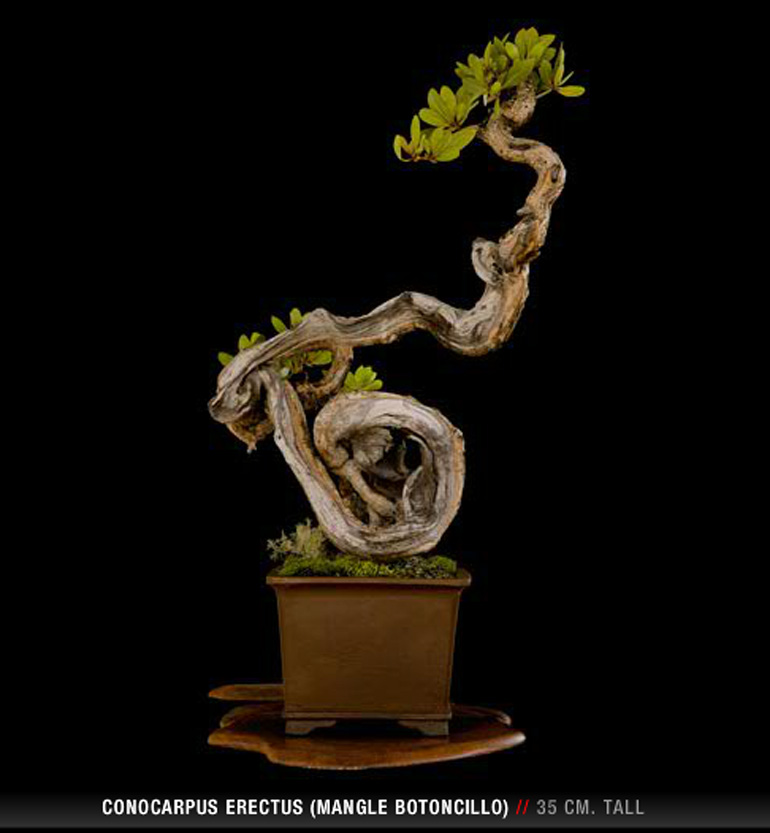
Nature’s twisted handiwork.
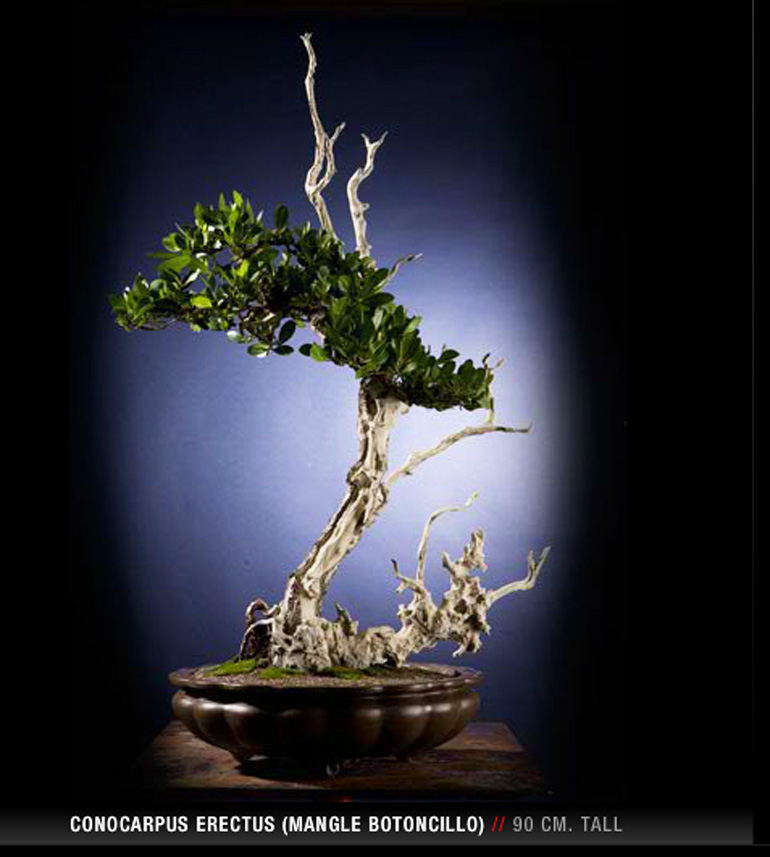
The tortured deadwood on the right was no doubt once a trunk.
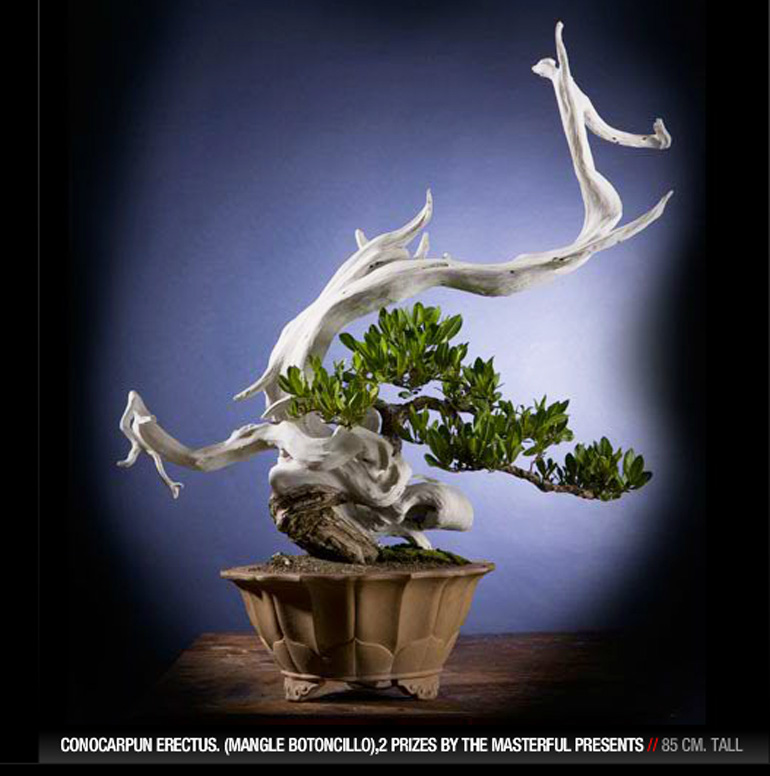
Saving the best for last. All scrunched and twisted at the bottom and elegantly soaring at the top (we’ll blame it on the coffee). Magnificent pot too.
* I think it was Mary Miller that told me the fascinating Buttonwood story, but I’m not certain.
** Buttonwoods (Cornocapus) are tropical trees that typically grow along coastlines. They are highly successful and have managed to spread throughout much of the tropical regions of the world: including southern Florida, the Caribbean, throughout the Central and South American coastal tropics, the Galapagos Islands, West Africa and Melanesia and Polynesia.
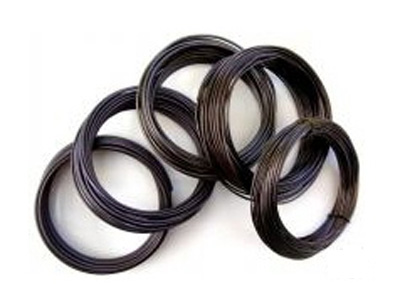
Our FREE Bonsai Wire giveaway ends tonight. Don’t forget to put FREE in the comments when you check out. Details are here.